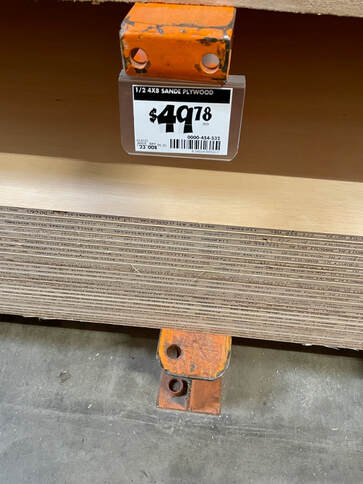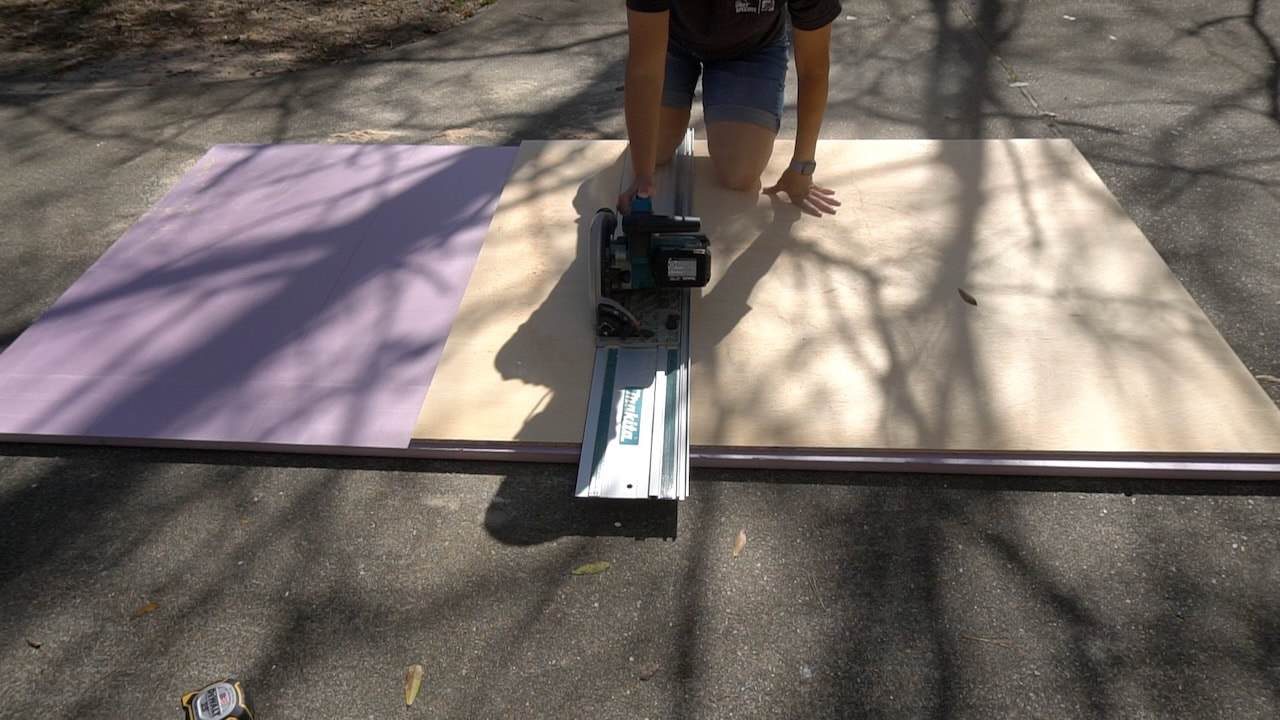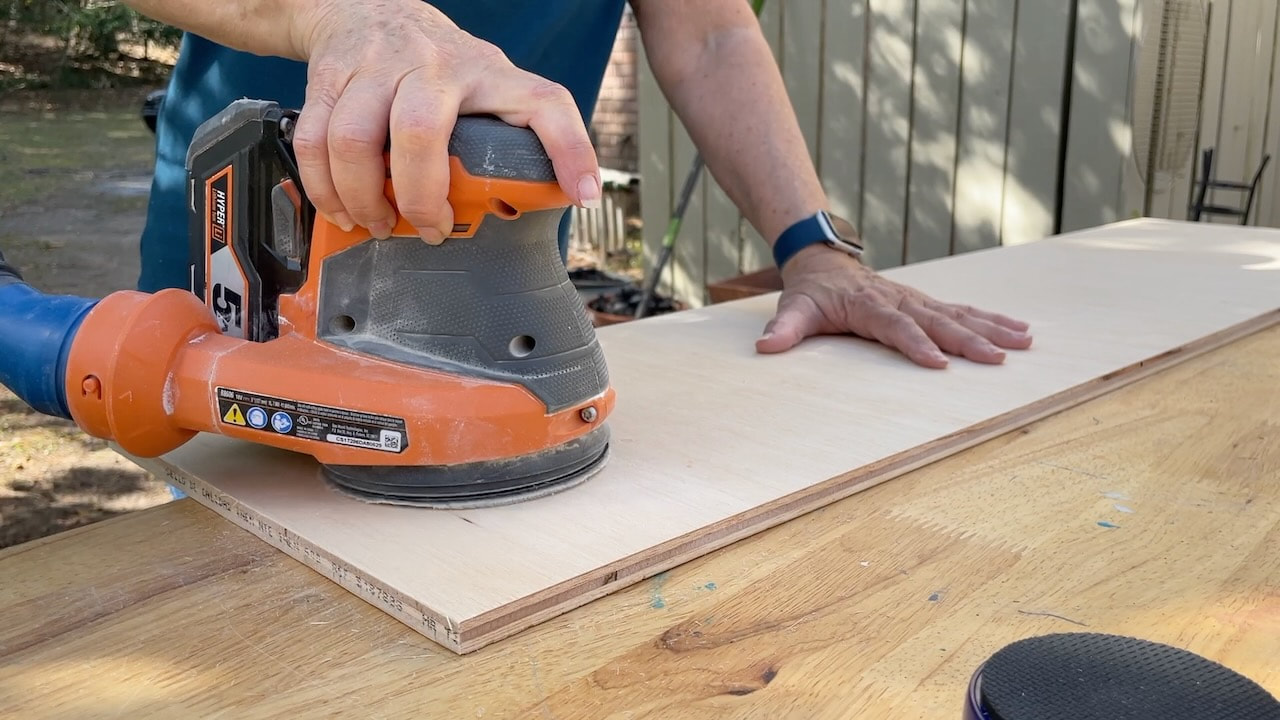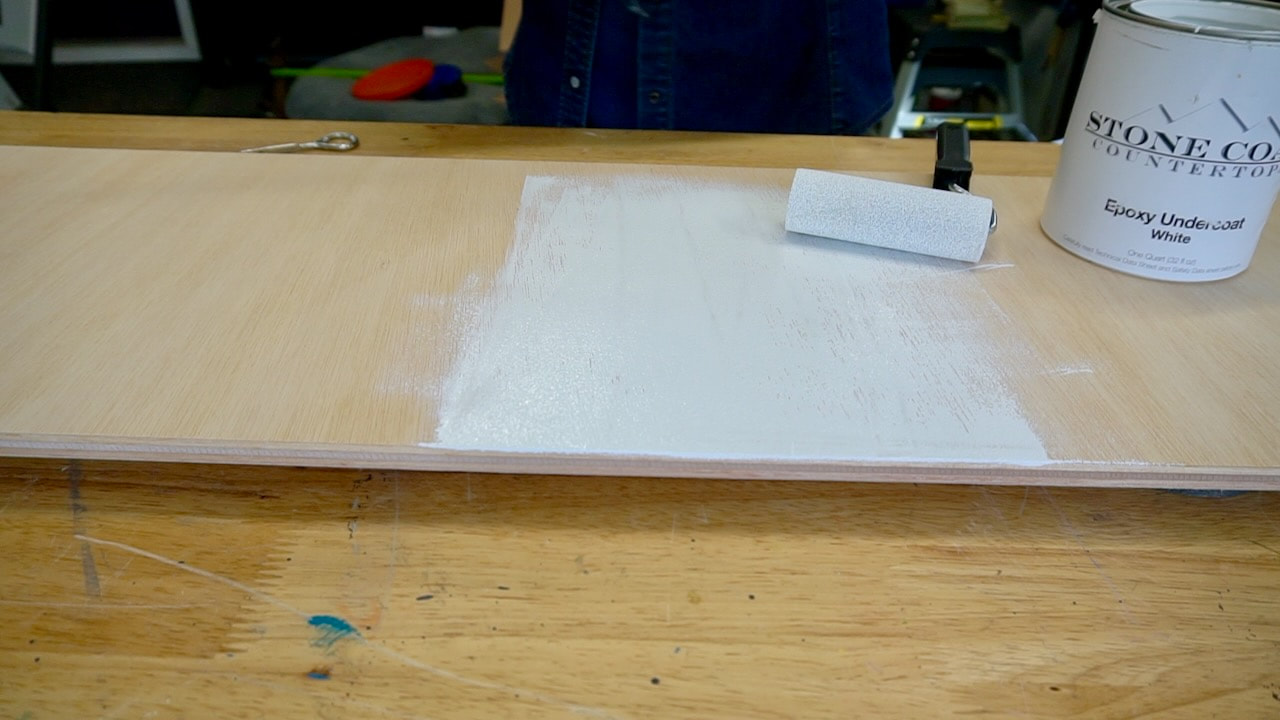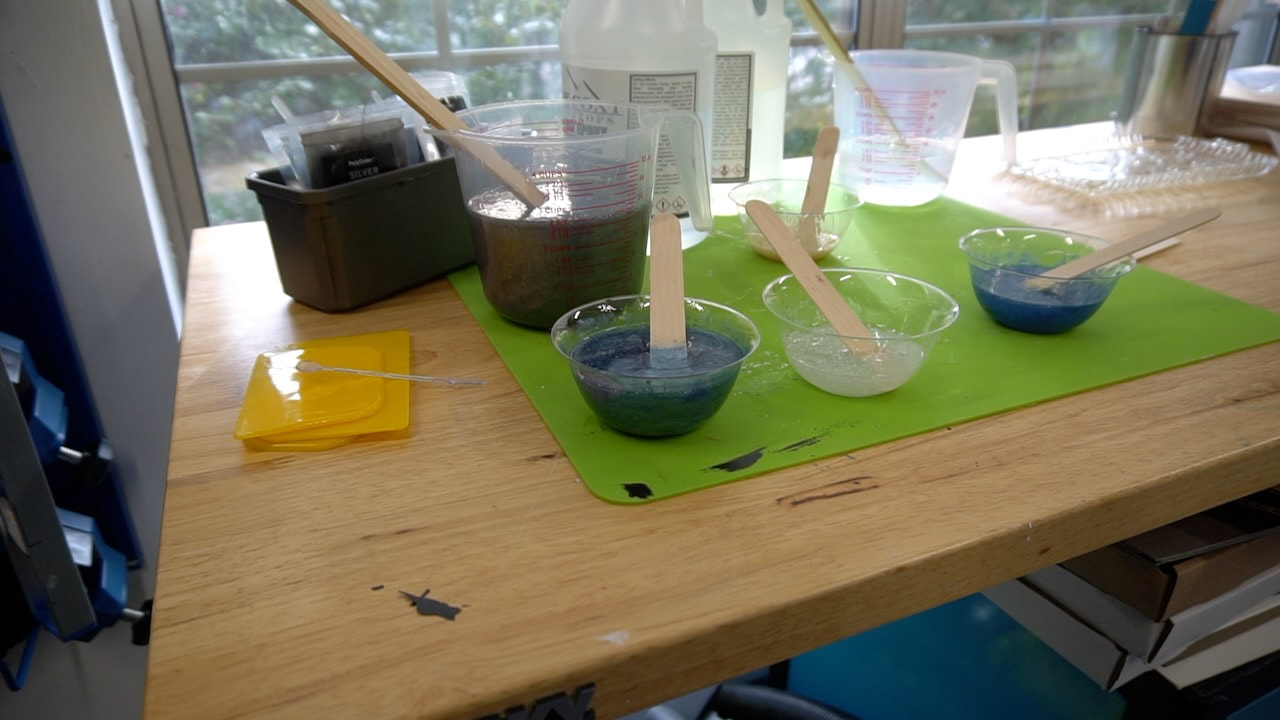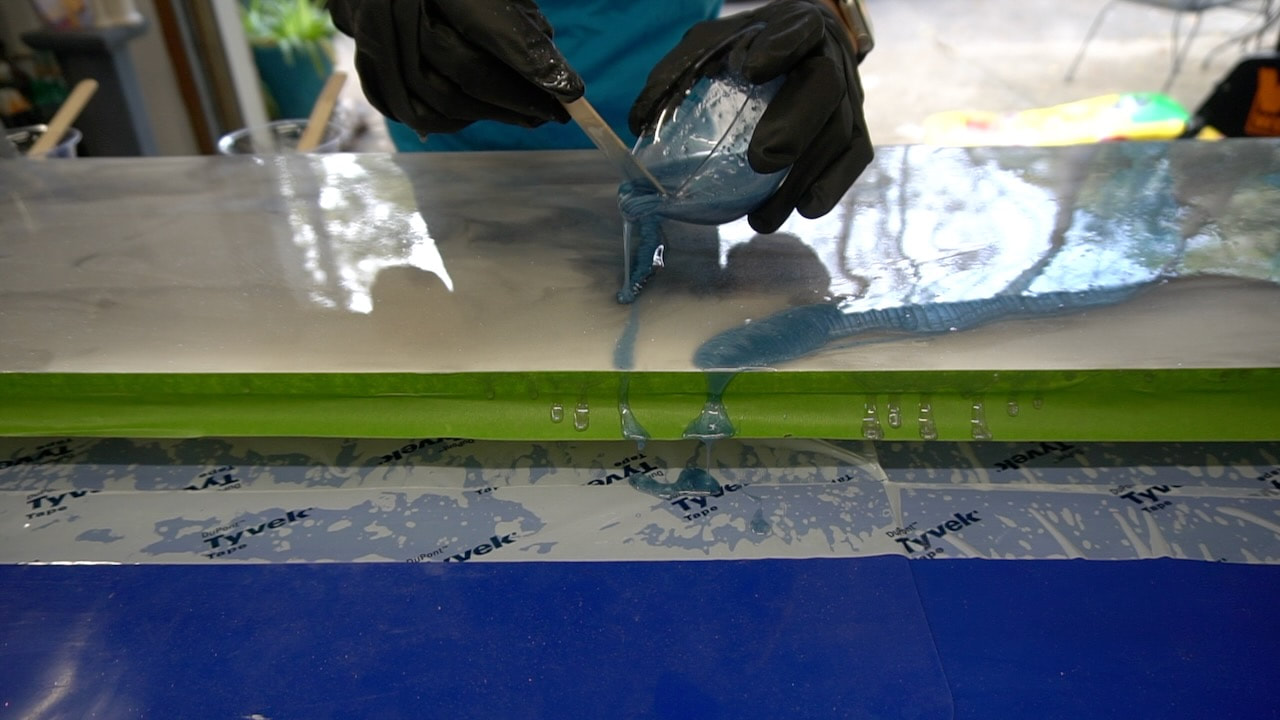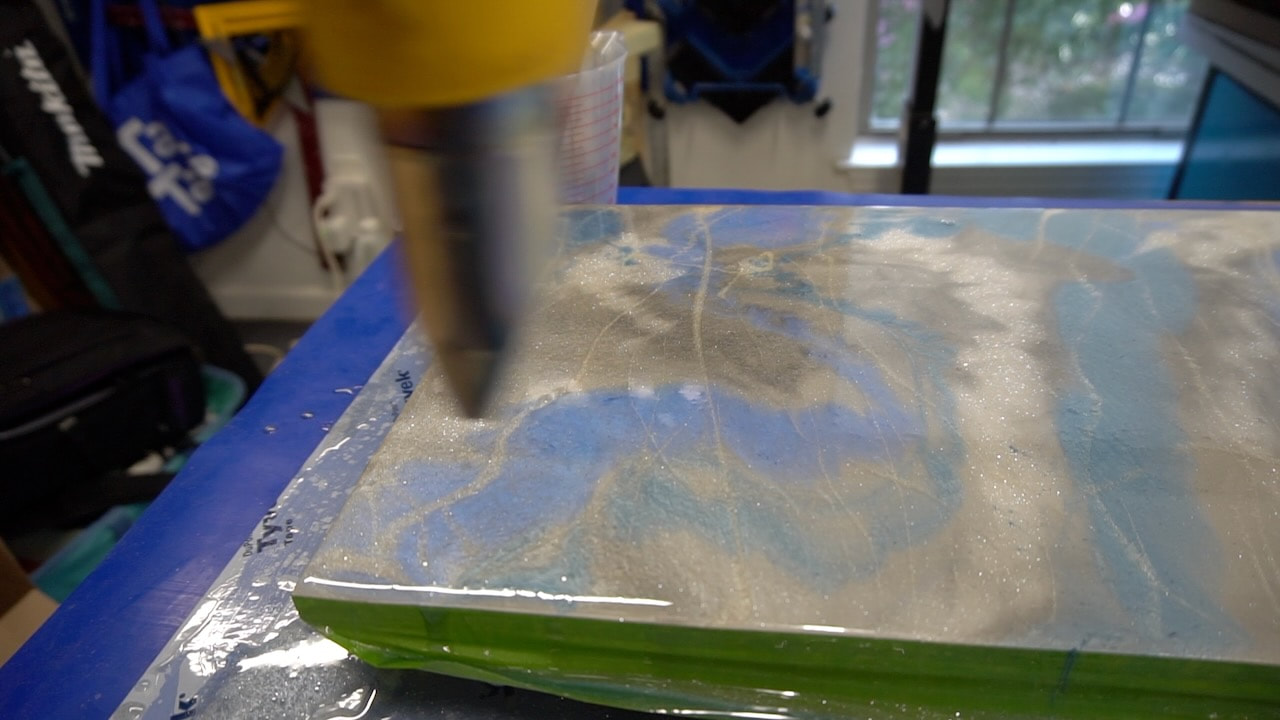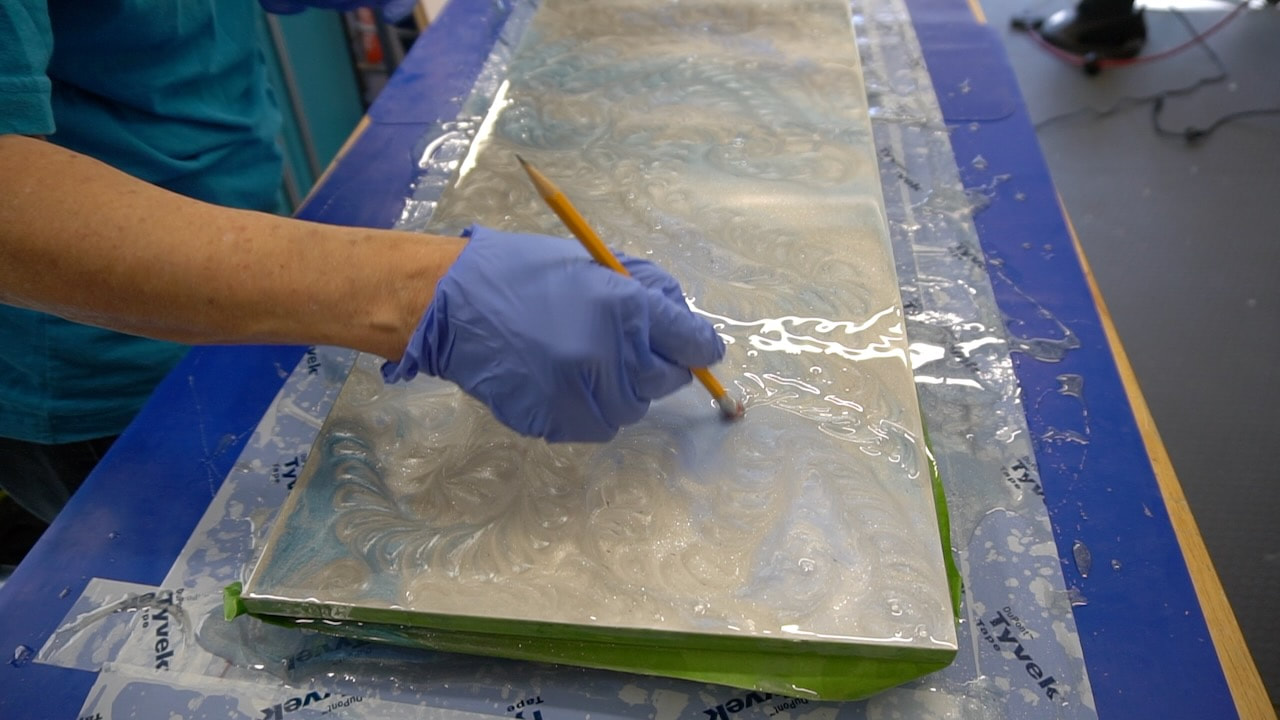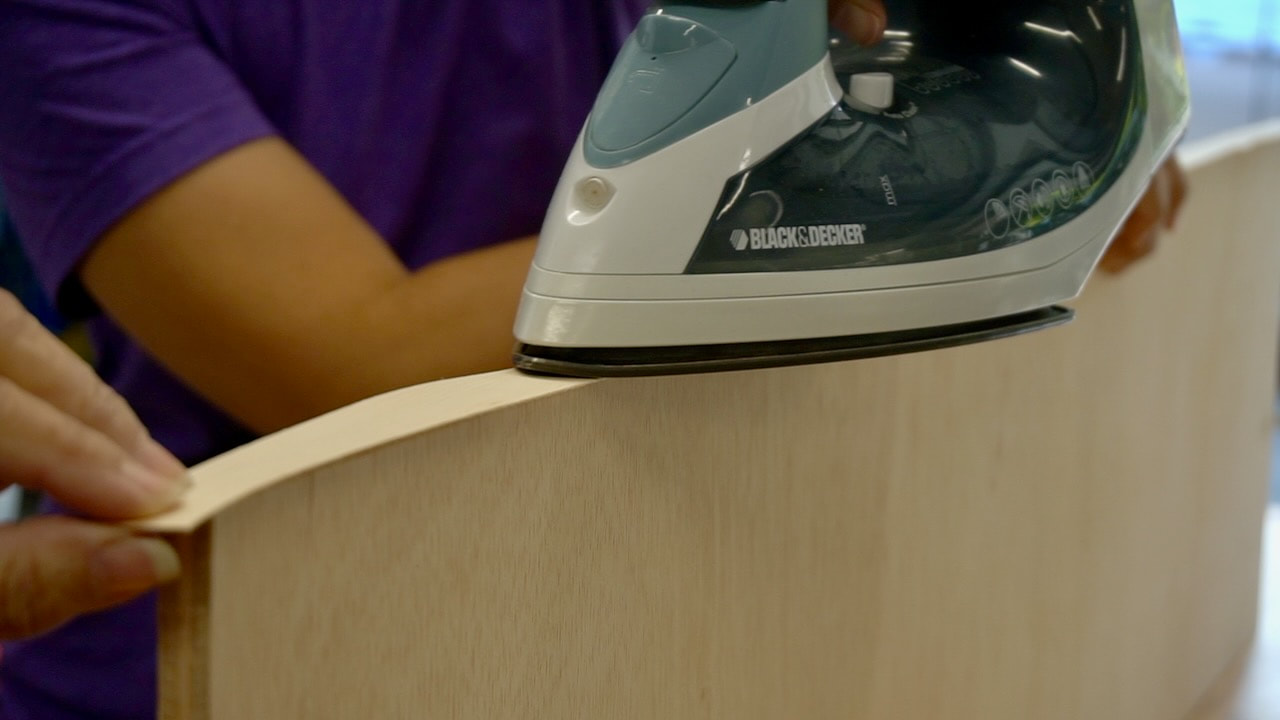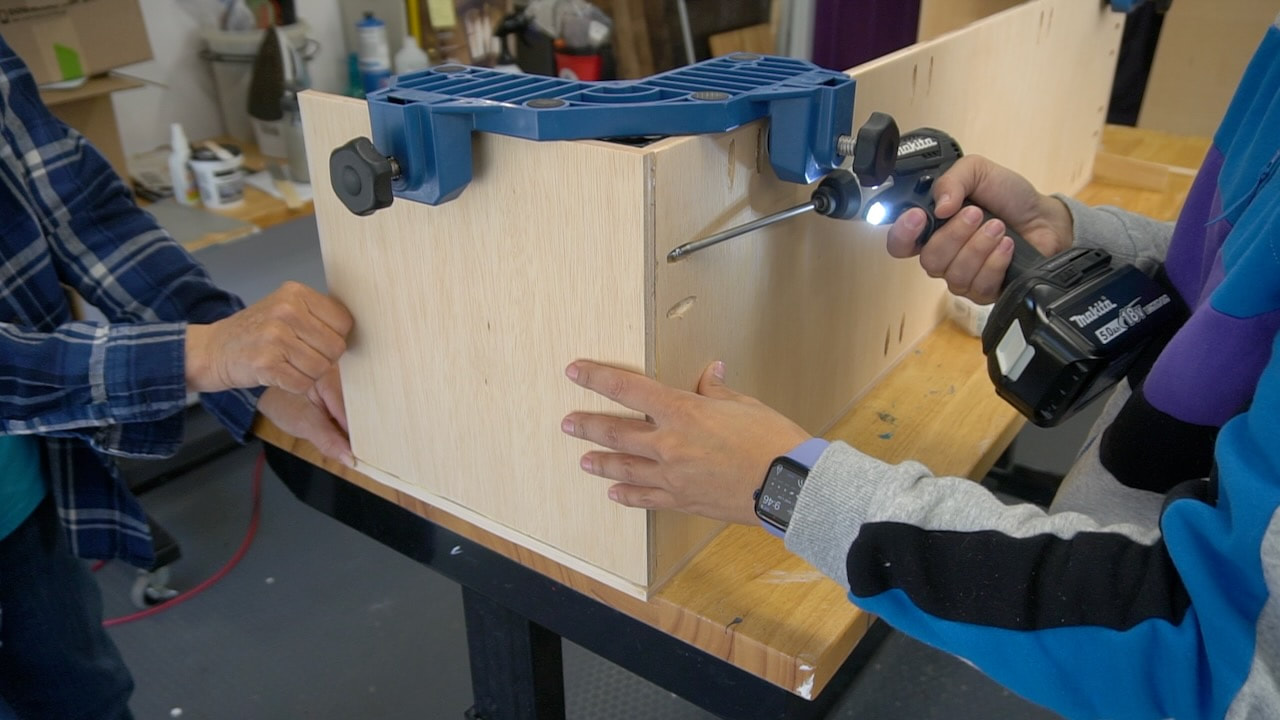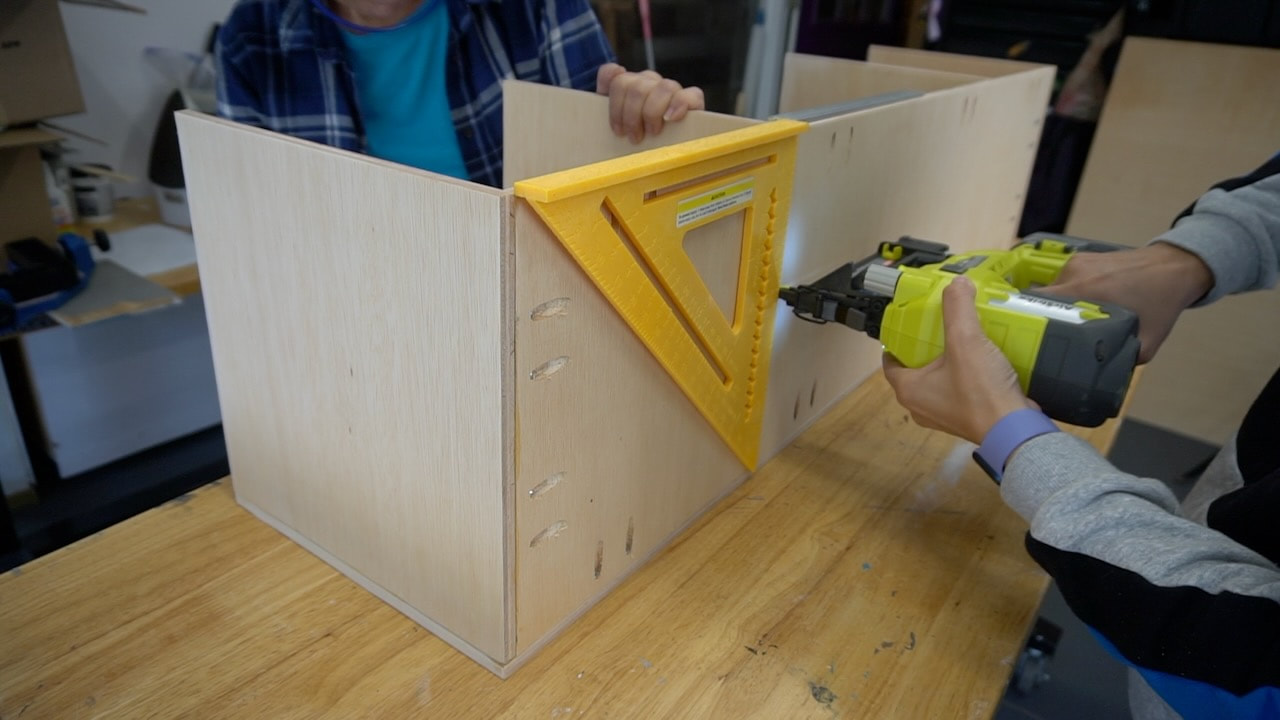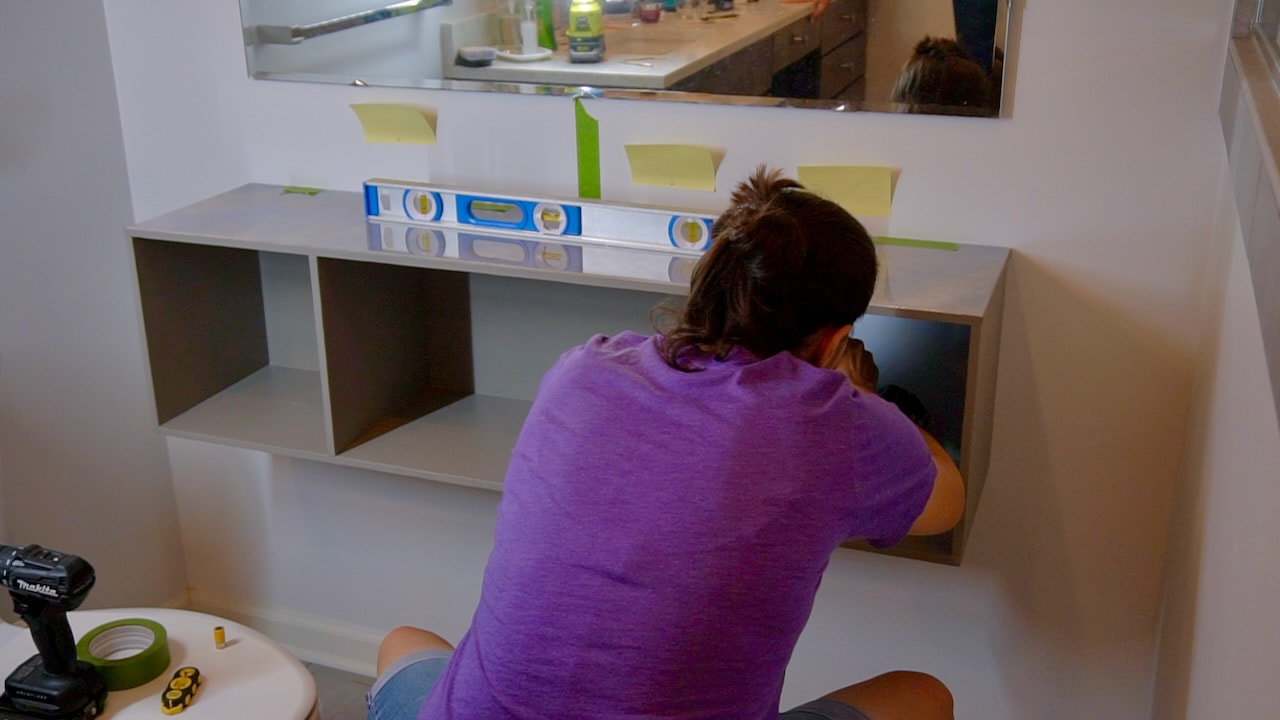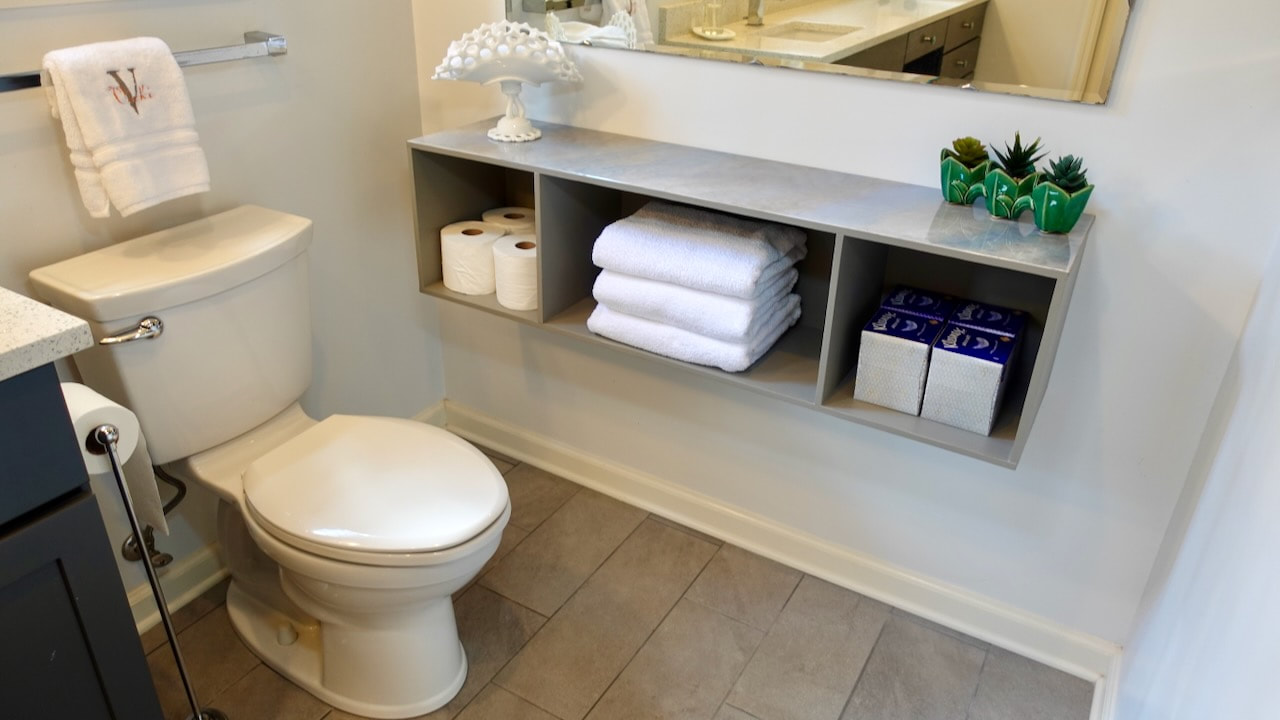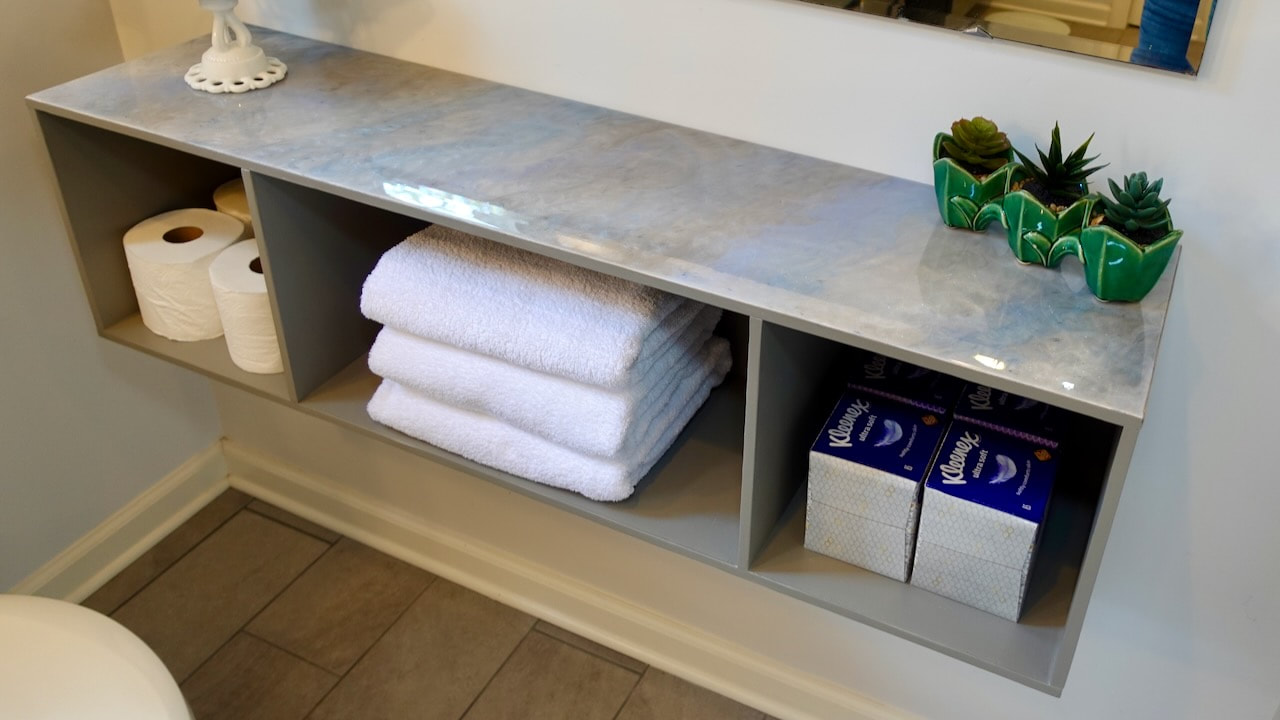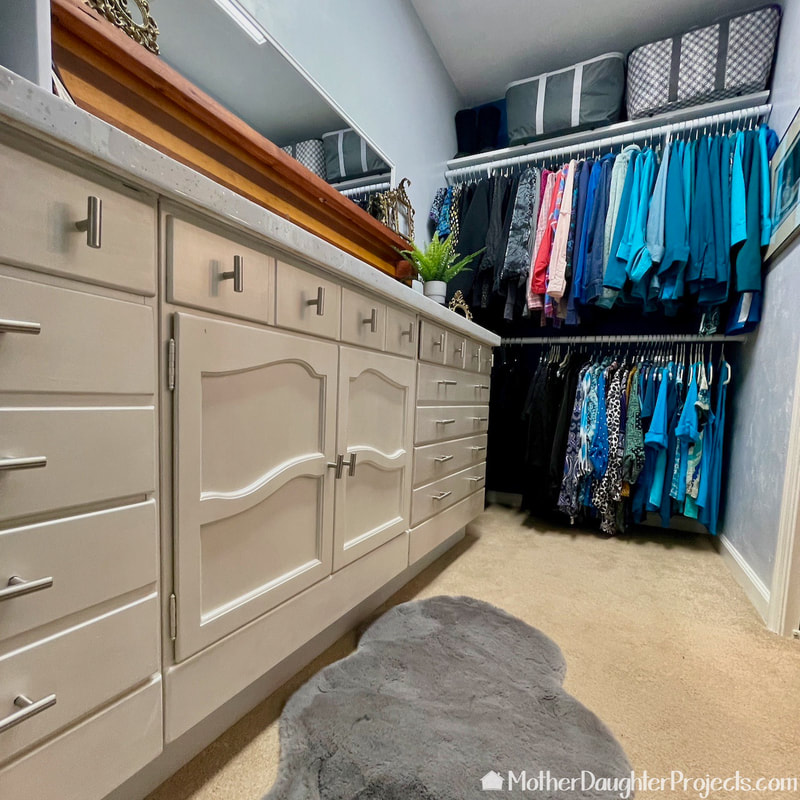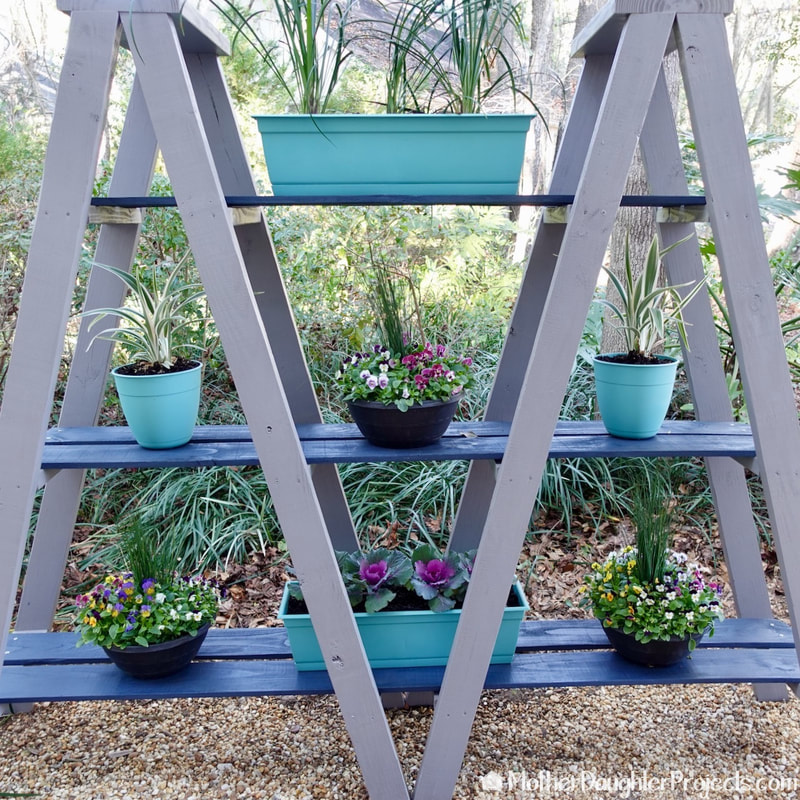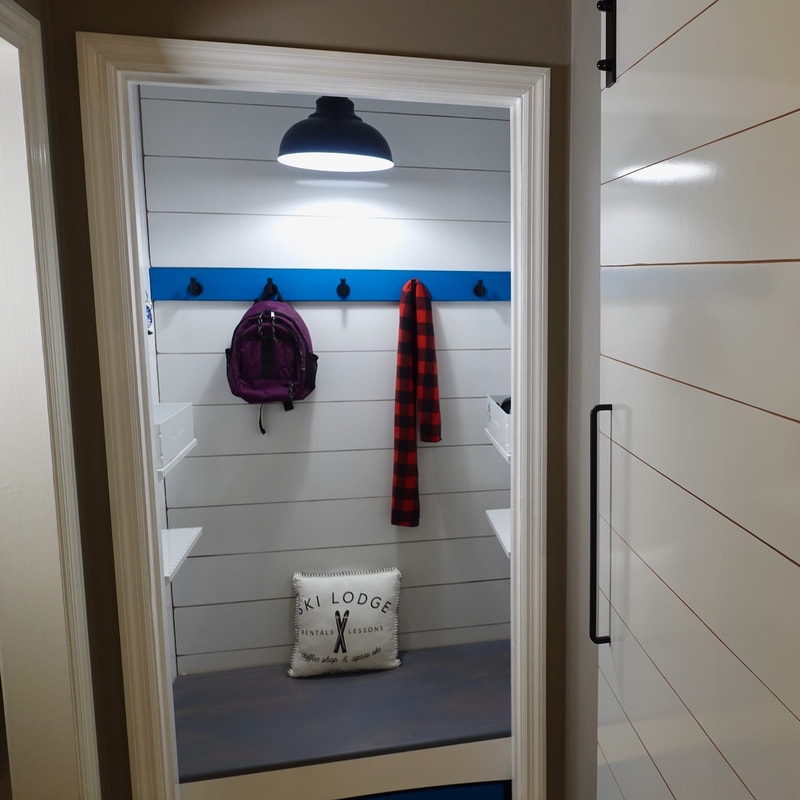|
text by Vicki Sign up here to join our weekly email newsletter!
This bathroom was gutted and remodeled in 2012 and at that time I decided not to install cabinets on the back wall. It seemed like a good space to add a personal touch with a fun piece of furniture.
Early on I found the perfect mid-century modern cabinet for the space. It was the right length, fairly narrow, and the right height. Unfortunately, it was a MCM piece that looked nice, but was not made of solid wood. I used it many years, but over time, one of the legs quit holding making it unusable. I moved an old cedar chest into the space for a while, but is was really too large for the space. I was ready for something new that would better fit the space. Taking inspiration from a post from DIY Huntress, I decided a wall-hung cabinet would be perfect for the space. Materials/Tools:
Cuts: 1/2” plywood
Stonecoat Tropical Storm Epoxy Kit $123.30 (March, 2022)
Included in the Tropical Storm Epoxy Kit:
The only thing I would have done differently, is to have gone a little darker with the epoxy pigments, but I do like the subtle look of it. The piece looks perfect in the space and I'm very happy with it.
As I said earlier in the post, I did have a lot of air bubbles with this epoxy. I'm not sure why. I have previous experience with two different epoxy brands, most recently TotalBoat epoxy which I used on the closet countertop. That was much larger than this countertop, but didn't have any issue with excess air bubbles with the TotalBoat epoxy. Because Stone Coat Countertop sent us this product, I want to be thorough in my review. If you're a long time reader, you know that both Steph and I do a lot of research and study with new projects or tools. Using the Stone Coat epoxy was no exception. My first stop to find out how to use the epoxy, and especially the Tropical Epoxy Kit I was going to use, was to head to their website and YouTube page. The Stone Coat website left much to be desired. Even simple information was hard to find.There are a lot of pop ups and other “noise” making it frustrating to find information. There are a lot of Stone Coat videos, but in my opinion they are more entertaining than instructional. I was unable to find a basic “to the point” video or written instructions on how to use the Tropical Epoxy kit on the product page. In all the videos I watched, the epoxy is promoted as not having fumes so that it can be used indoors primarily on countertops. I never saw anyone in the videos use a respiratory type mask while mixing. (I did see PPE being used in their workshop when sanding.) That’s interesting as we have been made aware of epoxy dangers and the need for protective PPE. It was very telling that when I got the product, it clearly says on the label to NOT "breathe fumes, vapors or mists." It's important to read and follow warning labels on the product. Needless to say, I did use the appropriate PPE and kept the garage space well ventilated. With that said, I'd use this Stone Coat Countertop epoxy again, but because of the air bubble issue I probably would not use it for anything large. Please note: This is not a sponsored post. Stone Coat Countertops did provide the epoxy we used in this project. FYI: We are not professionals, and we don't claim to be. This is what we found worked for our project. Yours may need a little different approach. Safety first! FYI: Affiliate links are being used on this page. Purchasing via these links help support MDP. Related Projects
0 Comments
Leave a Reply. |

